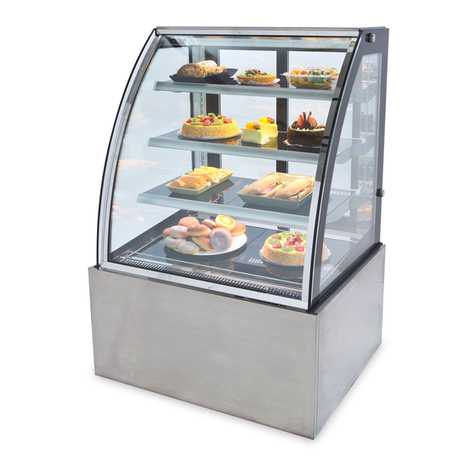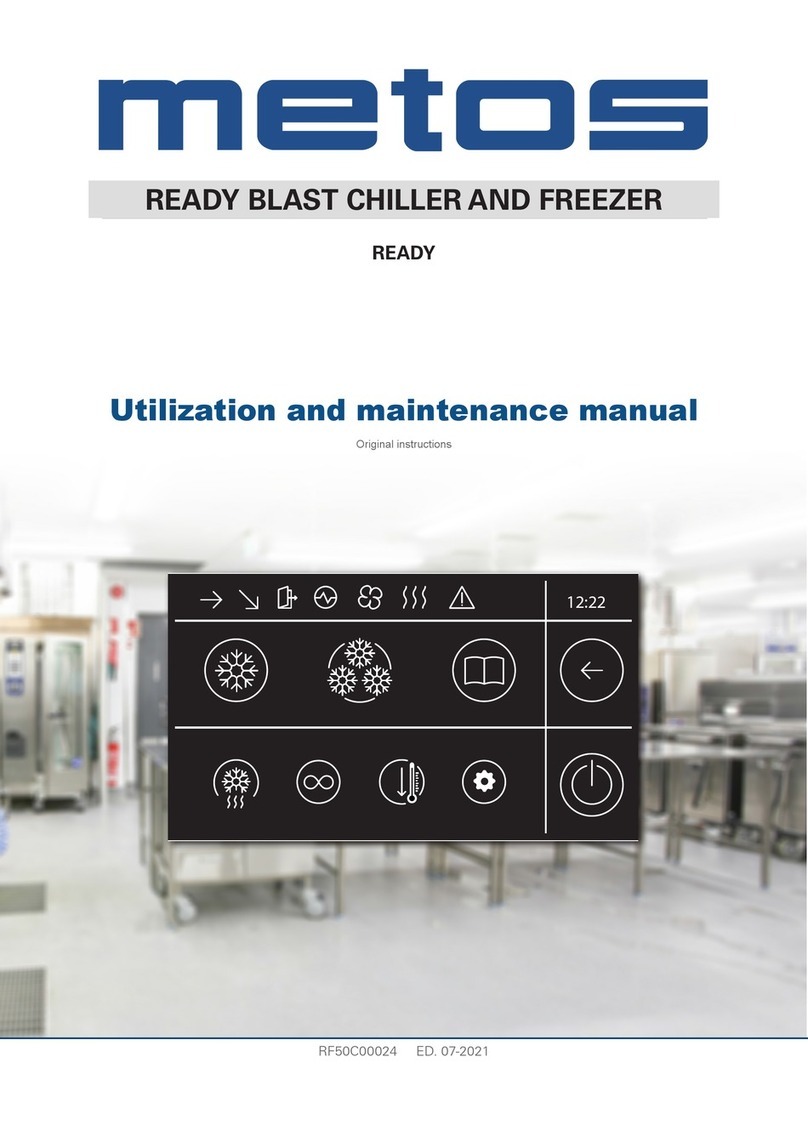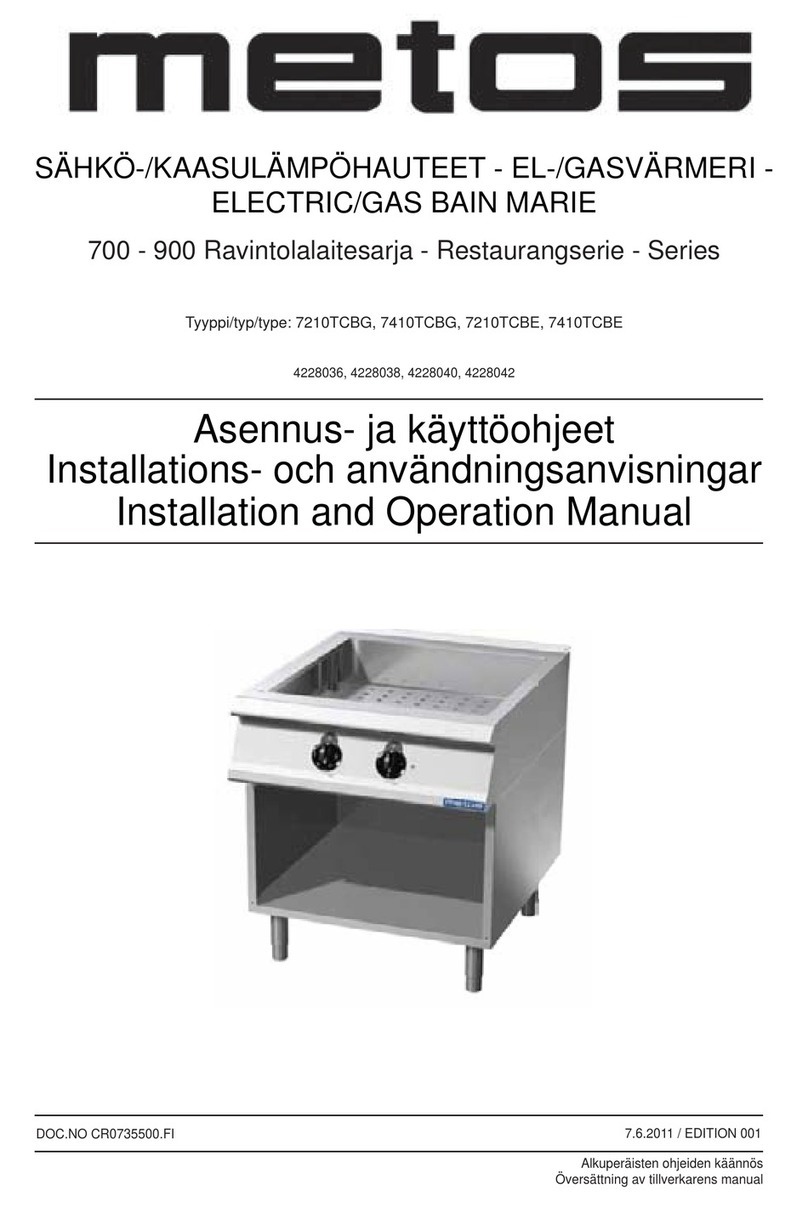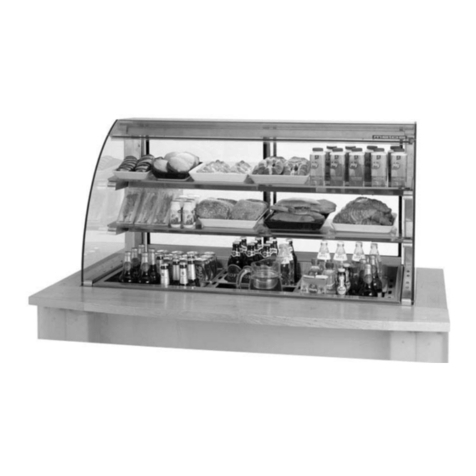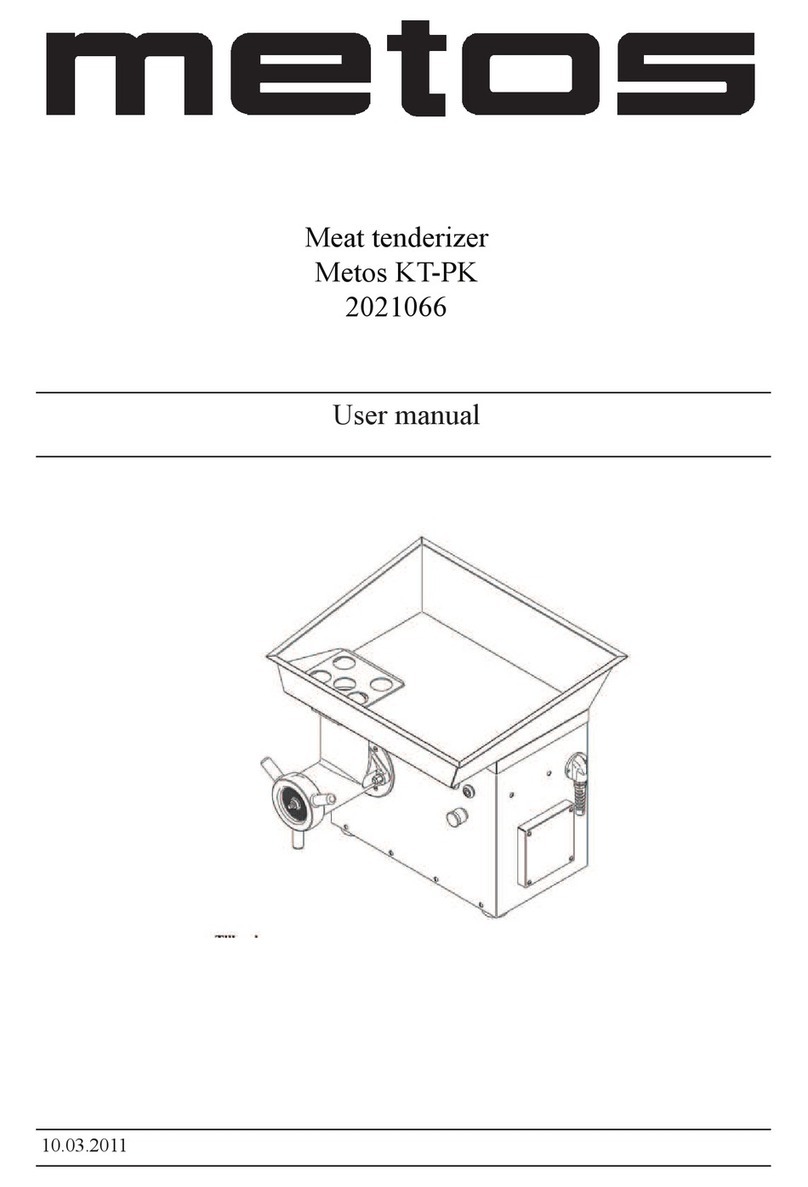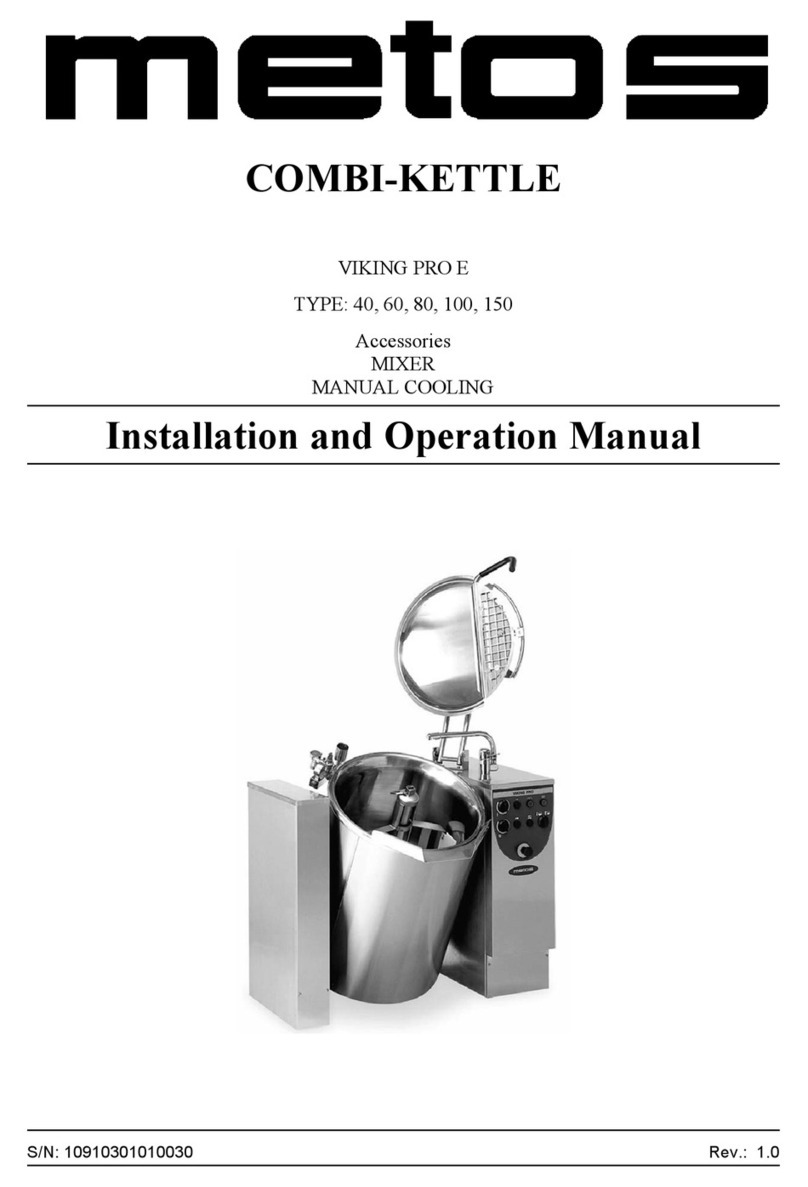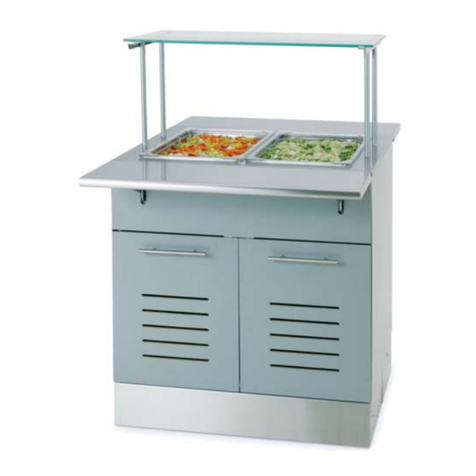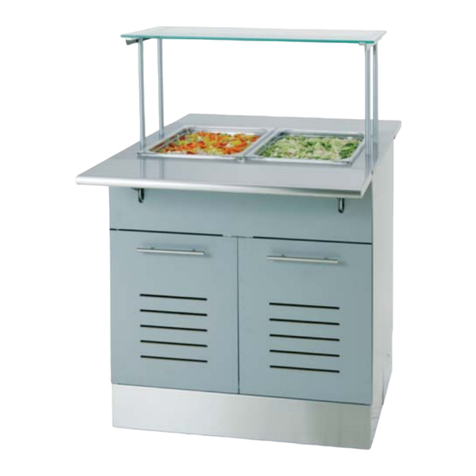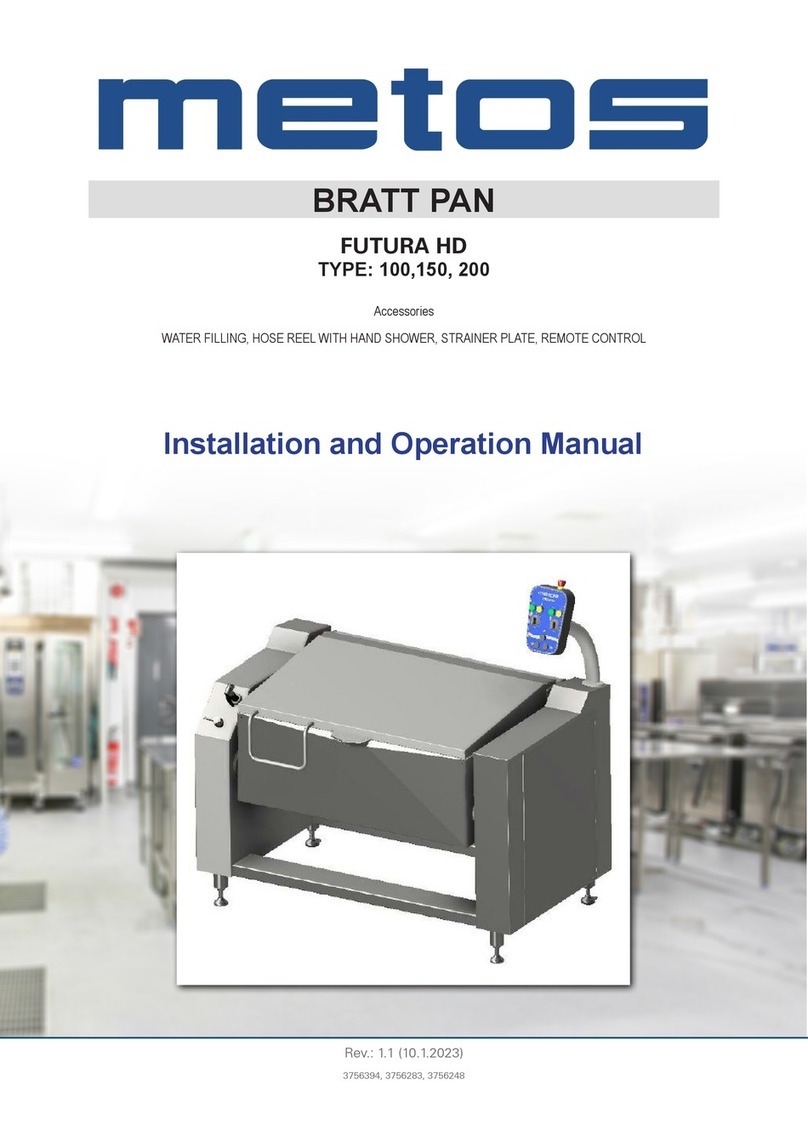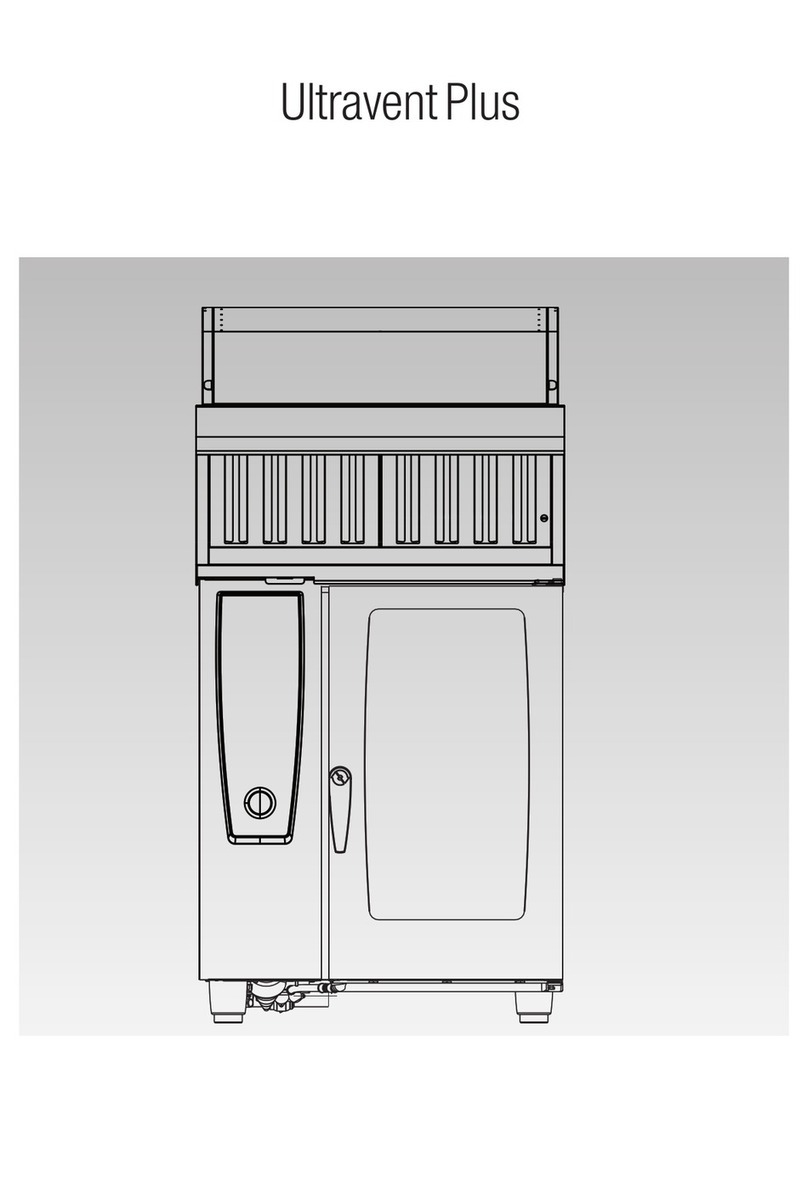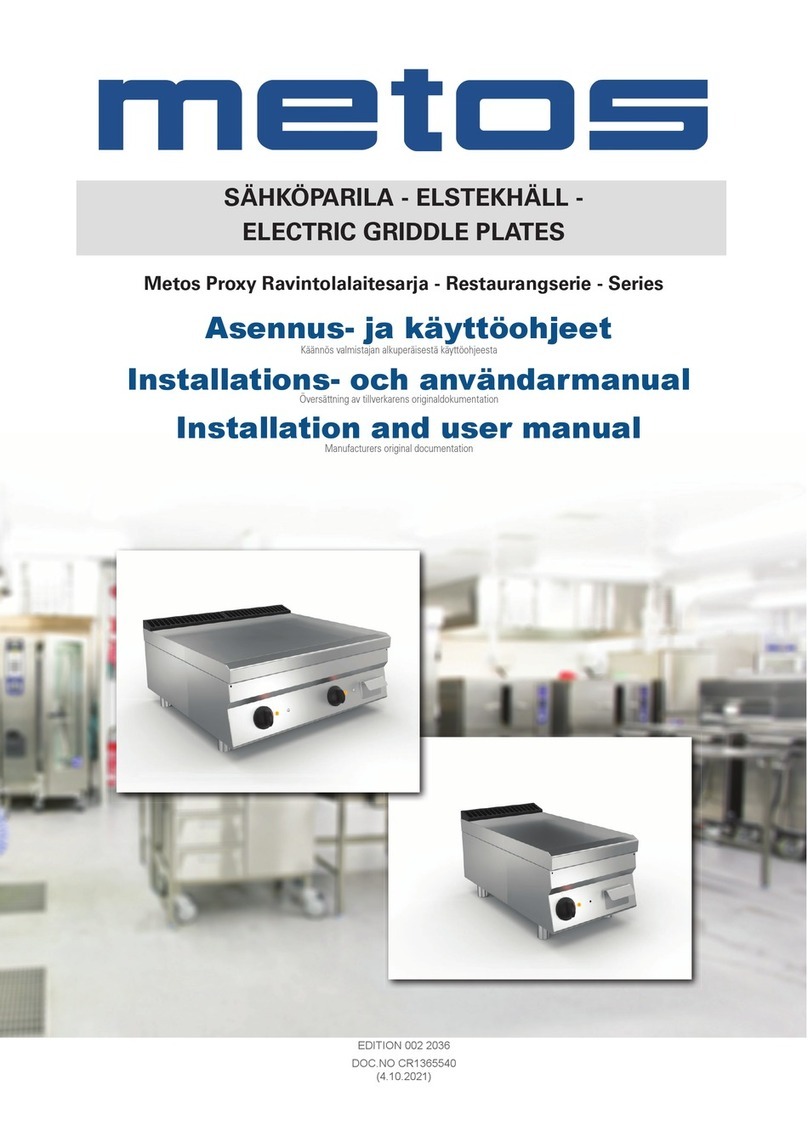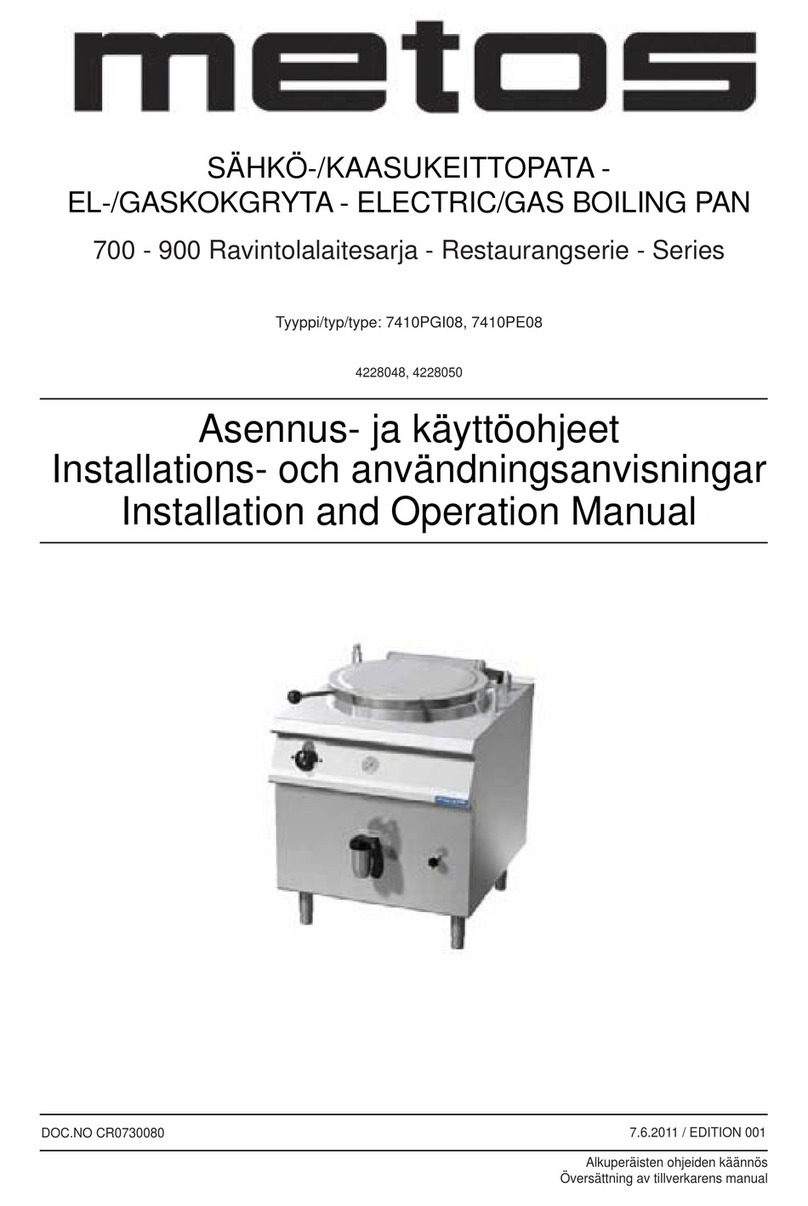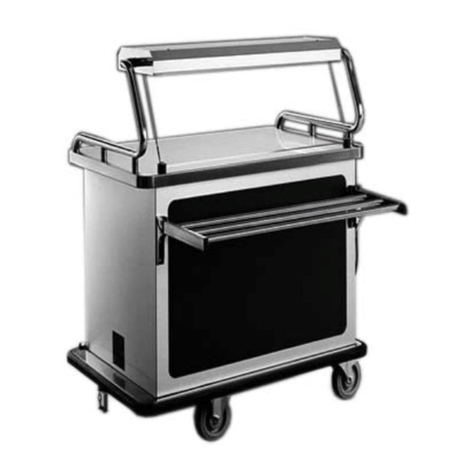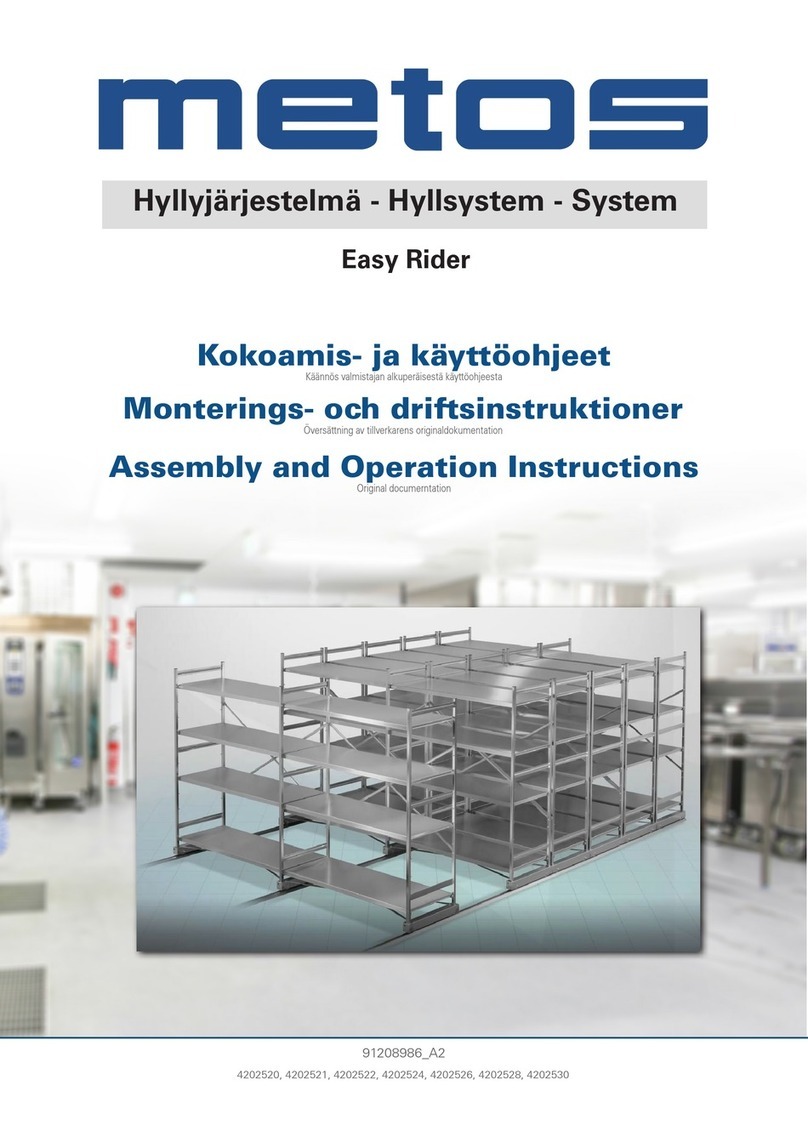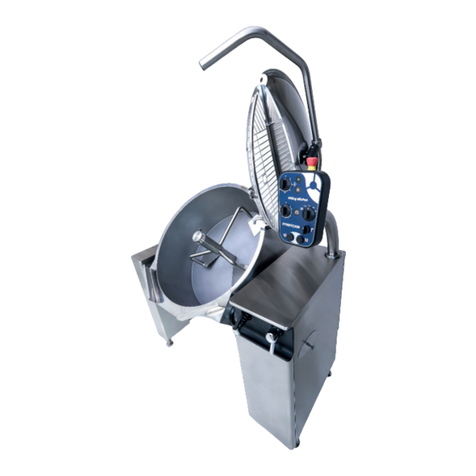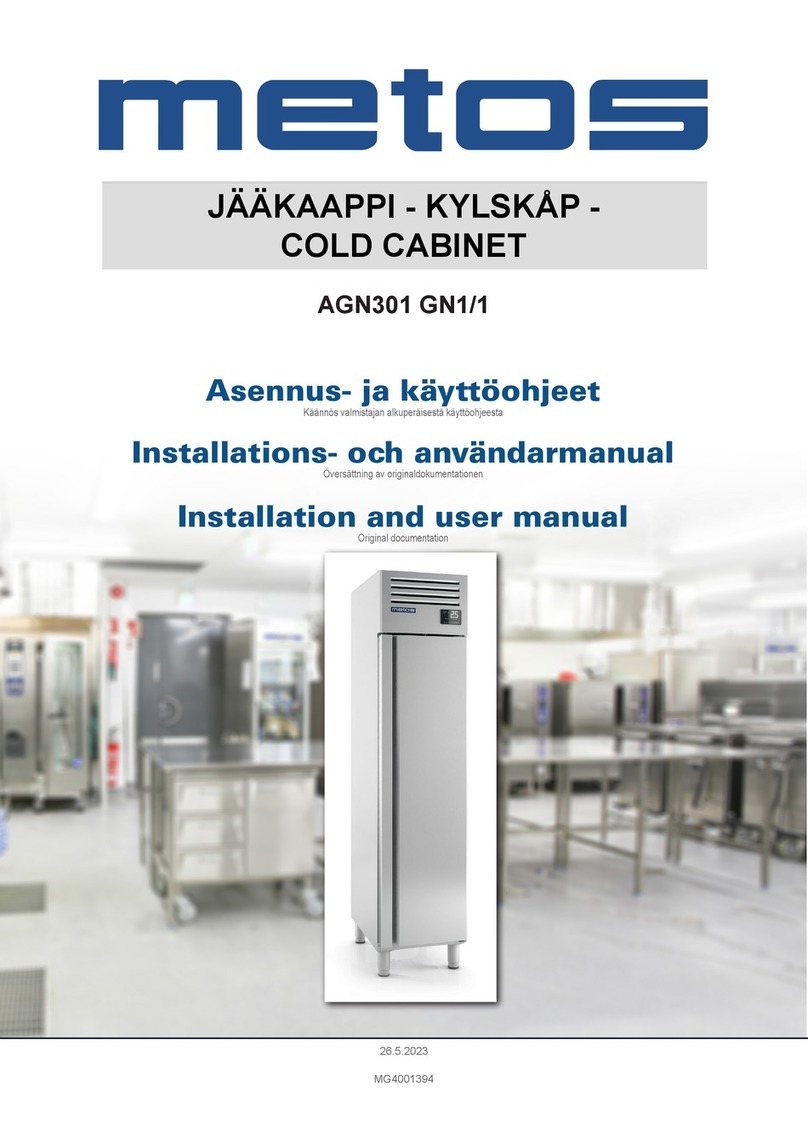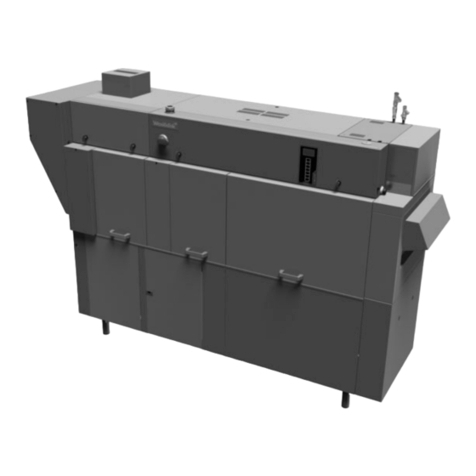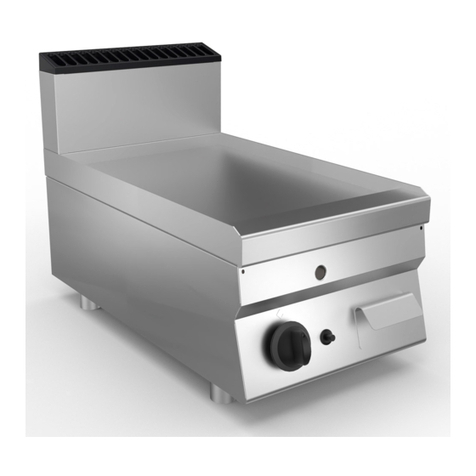
3.2.2004 Rev.
1. General .......................................................................................................... 1
1.1 Symbols used in the manual .......................................................................................... 1
1.2 Symbols used on the appliance ...................................................................................... 1
1.3 Checking the relationship of the appliance and the manual .......................................... 2
2. Safety .............................................................................................................. 3
2.1 Using the appliance safely ............................................................................................. 3
2.2 Safety instructions in case of malfunction ..................................................................... 3
2.3 Additional prohibitions (hazardous procedures) ........................................................... 3
2.4 Disposing of the appliance ............................................................................................ 3
3. Functional description .................................................................................. 5
3.1 Application of the appliance .......................................................................................... 5
3.1.1 Prohibited use ........................................................................................................ 5
3.2 Construction .................................................................................................................. 5
3.3 Operating principle ........................................................................................................ 6
3.3.1 Operating switches and indicator lights ................................................................. 6
4. Operating instructions ................................................................................. 9
4.1 Before using the appliance ............................................................................................ 9
4.1.1 Preparing the appliance for use .............................................................................. 9
4.2 Using the appliance ..................................................................................................... 10
4.2.1 Lighting the pilot flame ....................................................................................... 10
4.2.2 Lighting the main burner ..................................................................................... 11
4.2.3 Cooking ................................................................................................................ 11
4.2.4 Switching off the appliance ................................................................................. 11
4.2.5 Emptying the pan ................................................................................................ 12
4.3 After-use care .............................................................................................................. 13
4.3.1 Cleaning ............................................................................................................... 13
4.3.2 Idle period ............................................................................................................ 14
4.3.3 Periodic maintenance ........................................................................................... 14
